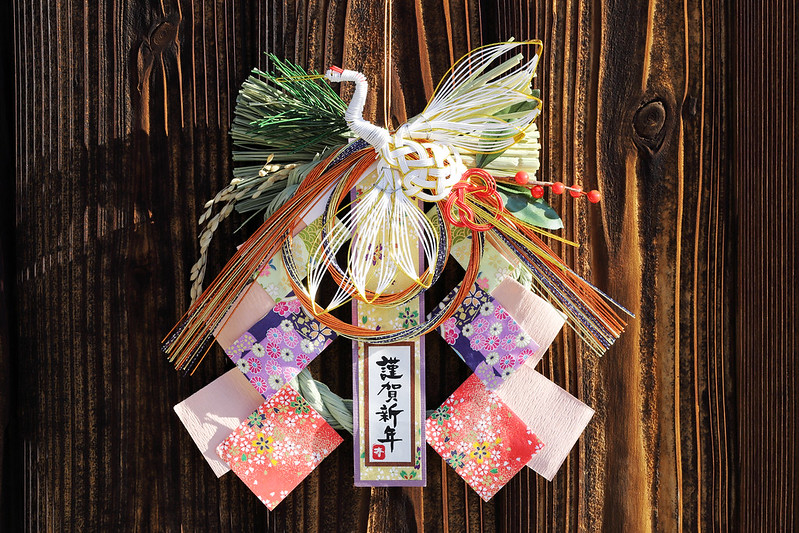
Akemashite Omedetou 2017!
Like most countries, Shōgatsu or the Japanese New Year, is celebrated on January 1. Before the Meiji period, the Japanese New Year was based on the Chinese lunar calendar which was observed in Korea, China, and Vietnam. New Year is probably the most anticipated celebration in the country. Most Japanese mark the arrival of the New Year with traditional Japanese New Year food such as osechi and customs such as kadomatsu (bamboo-pine arrangement placed at the entrance of the home), otoshidama (giving money to children), and hatsumōde (first trip to a shrine or temple in the New Year).
Japanese New Year is observed in many other ways such as having a bōnenkai (忘年会 literally ” ‘forget the year’ gathering”), a Japanese drinking party held at the end of the year among close friends or groups of co-workers.
Its main purpose is to forget the troubles and woes of the past year and to look forward to starting fresh for the new year. Shinnenkai (新年会, literally “new year gathering”) is the Japanese tradition of welcoming the New Year by also drinking alcohol. It is also usually celebrated among the company of co-workers and friends in January.
Lucky charms are a huge part of Japanese religion and culture. Engimono are lucky charms often given out at New Year events at temples and shrines all around Japan.
There are also wonderful selections of dishes to hype up the New Year celebrations. Osechi-ryōri are traditional Japanese New Year foods that began during the Heian Period (794-1185). They are packed in special boxes called jūbako and resemble bento boxes.
The Dezome-shiki (New Year’s Parade of Firemen), organized by the Tokyo Fire Department and held in early January, is also something to look forward to.
The parade is held to pray for a safe year, and begins with a stunning display of daredevil feats that rival the famous acrobatic acts of Cirque du Soleil.
Whatever way you spend New Year in Japan, there is always something for everyone to enjoy!
